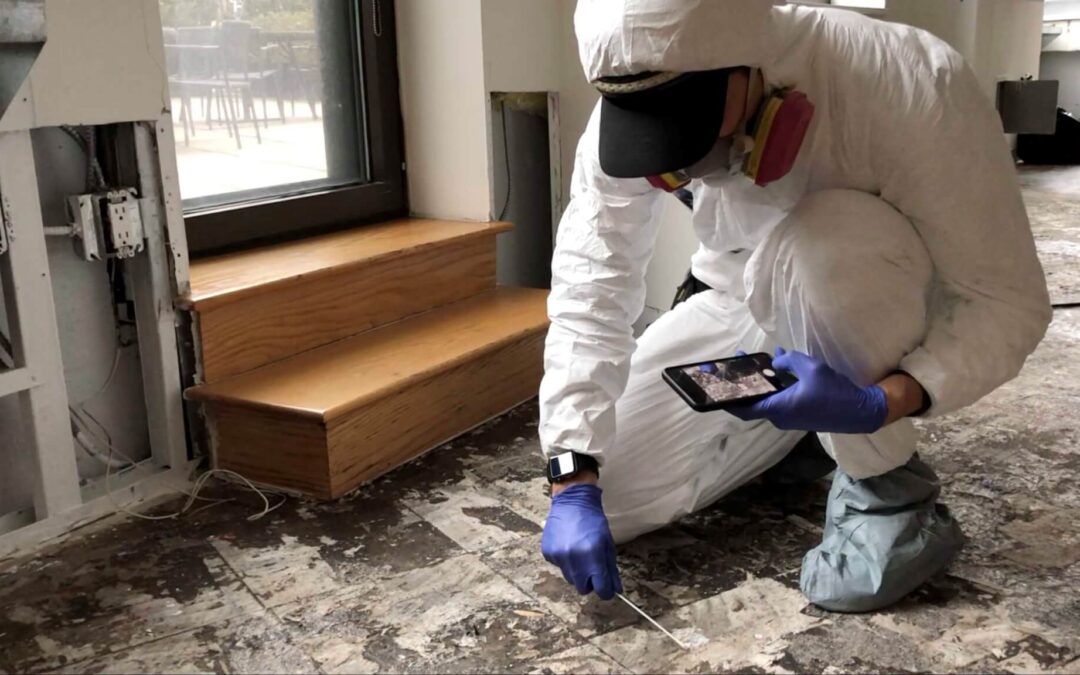
Is there mold in my home?
It’s a simple question but it can be surprisingly difficult to answer. Sometimes mold appears out in the open; other times it’s hidden as well as a dog’s favorite bone.
If mold weren’t such a tricky beast, we wouldn’t need an entire industry devoted to it. If you’re concerned enough to get your DC home tested, you’re probably looking for some help interpreting the results, and understanding the risks at play. In this guide from Moldgone, we’re helping you with just that.
Acceptable Indoor Spore Count for Your DC Home
0-50: Low Risk
Anything in this range is considered a trace amount. Stachybotyrs mold is a health concern at this concentration, but only if it also contains Chaetomium, Fusarium, and or high levels of Penicillin or Aspergillus.
50 – 200—Low Risk
Very low mold levels. The only species considered risky at this count level are Stachybotyrs and Memnoniella.
200- 500—Low Risk
Low concentration. Again, only Stachybotyrs and Memnoniella are a concern at this spore concentration.
500 – 1500—Moderate Risk
Low concentration. Penicillin, Aspergillus, and Cladosporium represent a moderate risk; if water leaks or mold aren’t found, this can be considered a typical spore count for an indoor environment.
1500 – 3000—Moderate Risk

At this level, we have a potential problem—that is, unless your outdoor sample shows roughly the same number.
If no mold or leak is found, these levels can be chalked up to excessive dust. You likely have hidden mold if a clean doesn’t reduce those levels.
Those with sensitive immune functioning can experience symptoms with prolonged exposure, but most will tolerate these levels with little difficulty.
3,000 – 10,000—Moderate
Moderate to high concentration. You can be certain that you’ll need to undertake some remediation at this level. Identify the source, and clean.
If there is no source of water or mold, your home and duct system may need to be evaluated and cleaned.
You can cross-reference with the hyphal fragment concentration if you don’t find a water source or fungal growth. If above 100/m3, nearby fungal growth is likely. If the area is unclean, a deep clean should dramatically reduce levels (If it’s already clean, you likely have a hidden growth).
10,000 – 25,000—High Risk

High concentration. A source of mold is usually pretty identifiable at this level, making cleanup a likely necessity. If no contamination or water source is identified, likely, a hidden growth is still nearby.
Many with normal immune functioning will experience some mold exposure symptoms if exposed for long enough. but this can also be due to excess dust.
25,000 – 75,000 High
Very high levels of mold concentration. A professional remediator should handle cleanup.
At these levels, anyone with normal immune function will experience cold or flu-like symptoms if exposed for some time. Avoid rooms in the house with this concentration level. Hyphal fragment concentration should be above 100/m3, and relative humidity will usually be above 60%.
75,000 – 100,000 High
Extremely high mold concentration. This concentration is considered hazardous to occupy, so you should plan on vacating until it’s remediated. The source of mold will be obvious, and professional remediation is again necessary.
Keep Your DC Home Dry to Avoid Infestations
No matter the spore count, your best bet to prevent mold is to limit the potential sources of moisture. By keeping your home relatively dry—and not too dusty—you should be able to ward off mold.
Why MoldGone
At MoldGone, we offer FREE mold inspection. Our mold removal and mold remediation services are available at reasonable prices. Call us today at 240-970-6533 or Click here to schedule your appointment.


Recent Comments